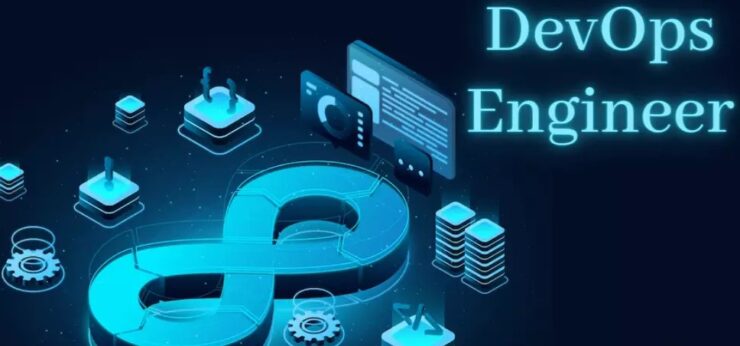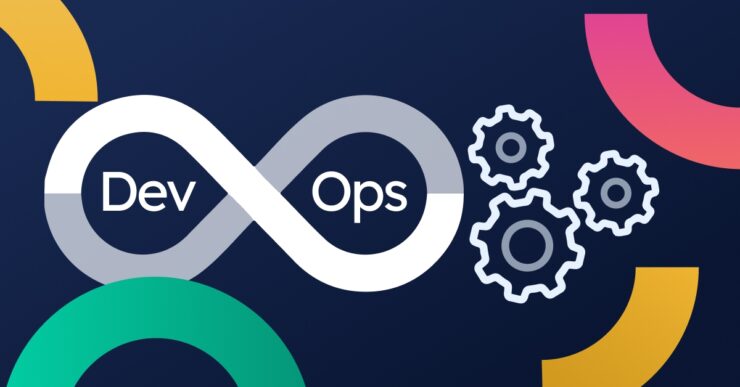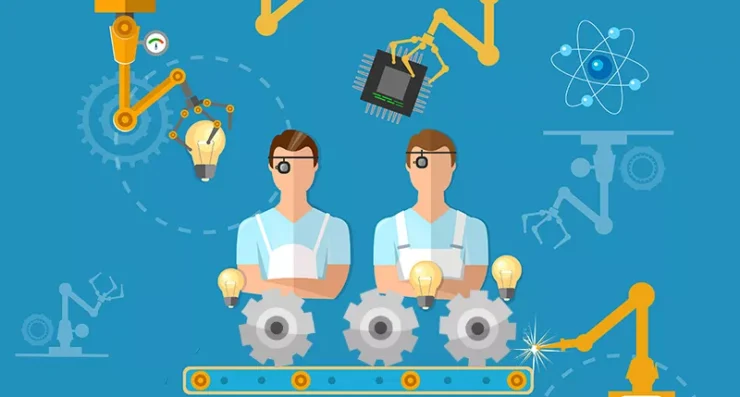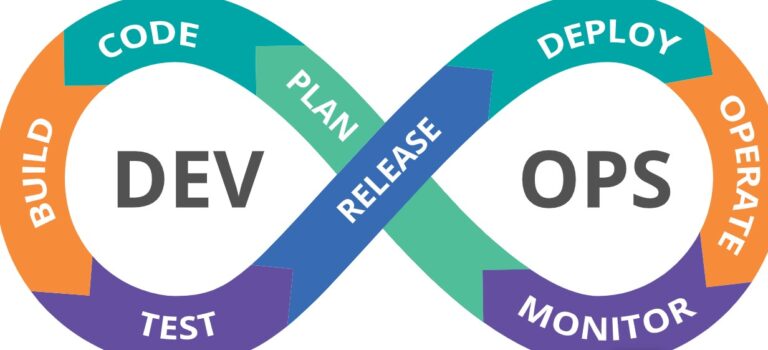We all know that there is a chronic lack of experts of all profiles on the IT market – from programmers to designers – but in the mass of job advertisements, one relatively new concept stands out. It is about the DevOps support model.
Maybe you’re aware that this is a term for a group of concepts that is not entirely new but has been rapidly expanding in the IT community in the last couple of years. Those who haven’t heard it before may have been confused by it. This is why, in this text, we will cover the definition, and everything else connected to the model, so you can have more clarity of its importance and value in the IT sector.
Clarifying the term

Most of the team, in addition to frontend/backend developers and testers, also have people who are in the position of DevOps engineers, and that’s why many people think this is a profession. Although that also makes complete sense. It is primarily viewed as a method of software development that got its name from the combination of the two professional Development and (IT) Operations (a much more popular term – system administration) and which has as one of its goals the improvement of communication and collaboration between developers and system administrators.
The thing is that in agile development programmers commit their code very often, several times a day, asking for frequent builds, additional configuration of the environment, and testing, which, on the other hand, is very often against the will of the system administrator because it potentially leads to a conflicting, unstable code or even the entire system in terms of server crash after deployment and similar things. For this reason, DevOps was born – to bring together and unite everyone who participates in the development and deployment process, not only system administrators and programmers, but also testers and end users in a unique and automated process of developing quality software, whereby the entire the system must remain stable. In order to achieve this, special services such as those offered by romexsoft.com started being offered to every business in need.
Its basic practices
There are some basic practices this support model adopts that should be explained because at first glance they are very vague and popular at the same time. These are automation, continuous integration, continuous delivery, continuous testing, and monitoring. We would like to note that this is not a definitive list – if you asked more people you would probably get different answers, however, this is a list of practices that you can come across often and really notice in most teams.
Automation

This support system relies entirely on automation and tools that enable its realization. If there are tasks that are performed frequently, in the same way, and produce identical results, then there is no reason to waste time and perform them manually every time. This saves time but also avoids possible man-made errors.
Continuous Integration
This is one of the most important practices in this model, which essentially means: to commit, push and merge the code we are working on as often as possible. For each task (feature), the developer creates a separate, so-called feature branch, which, after the desired changes and the most basic testing on his part, is first of all pushed to the remote repository, so that the branch is visible to others, but also merges into a larger one.
This cycle in agile development is repeated several times a day, of course – all depending on the volume of work in the specific task. This actually means that each developer should actively monitor what others in the team are doing in order to be able to integrate their code with others without major problems, but on the other hand, this approach significantly improves communication in the team and allows buggy code to be identified and corrected at the earliest. possible. You can imagine how many problems there can be if each developer works for a month on his tasks and only then, near the end of the sprint, merges his code into the main codebase.
Continuous testing
At least one week is always planned for testing active features before the release. However, as is the case with previous theses, testing should be a continuous collaboration between developers and QA engineers. Also, by testing in this context, we don’t mean classic click-click testing – automation is the key. Of course, there is nothing wrong with that, every team must have QA people who will continuously go through the application and determine that it behaves according to the requirements. However, newer practices include test-driven development, i.e. the existence of automated tests that are also run through some tool.
Continuous Delivery
After testing is complete, the next logical step is to make sure the delivery isn’t intercepted by anything. The code which is deployed should by now be able stable and tested, delivered in the shortest period of time.
Monitoring
When the whole circle is complete, the process has to be monitored. The production work should be under constant surveillance, so to say, the results given have to be measurable in order for things to be improved in the future cycles. Also, for the sake of preventing possible errors.
However, monitoring should be a team effort, and under no circumstances should it be only the task of one team.
Conclusion

After reading and digesting all information in this article, not only do you have a clear picture of what this support model is, but you have a better understanding of its value. If you want to accelerate the digital transformation of your business, there’s no smarter solution, as it will leave you more time and energy to concentrate on your core business activities.







